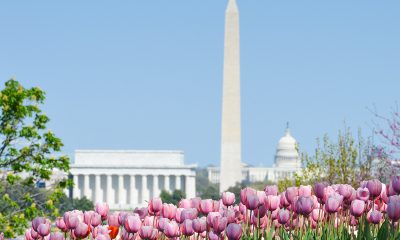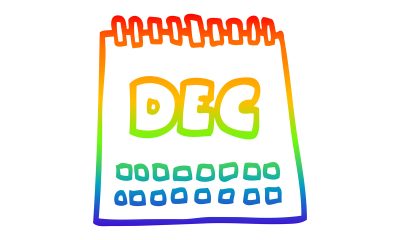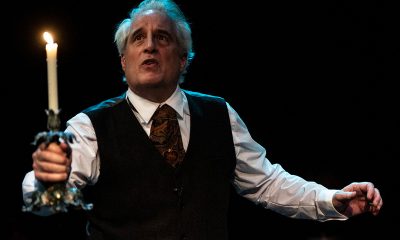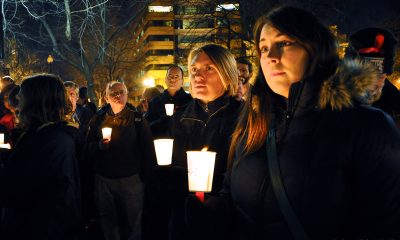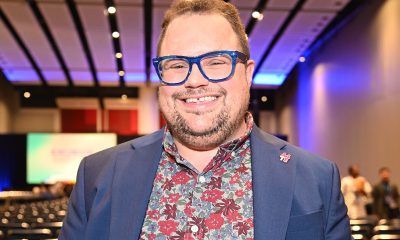Opinions
Hands out of D.C.’s empty cookie jar
Reduced revenue growth requires spending cuts to reverse future deficits
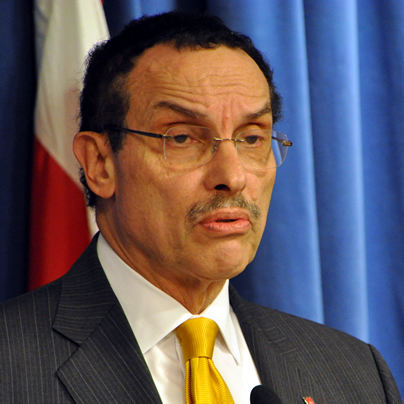
There’s no way to sugarcoat it – D.C. surplus revenue projections beginning in October and beyond are gone. The city is suddenly, and again, facing deficits absent upwardly revised future estimates.
The revelation — coupled with resident, consumer and business taxes already among the highest in the nation and at such ignominious levels that further rate increases are a political non-starter — requires elected officials to focus on balancing budgets.
District officials announced only days ago that a projected FY 2014 revenue upgrade is more than completely spent prior to any new initiatives. This sudden status change in local government finances is primarily the result of what is characterized as the naturally rising cost of providing current government services, adding $107 million to expenditures in the coming annual budget period.
Subtract additional public and charter school costs resulting from increased enrollment, monies required to keep public employee retirement funds solvent and low-income assistance payments not covered by federal funds for which local government reform has again been postponed, and the District is reported to be more than $40 million in the hole.
The outlook through 2016 is equally glum, based on these considerations and a continued reduction in surplus levels enjoyed for the past two years.
This deficit calculation exists prior to D.C. Mayor Vincent Gray’s commitment to make a one-time expenditure of $100 million to develop affordable housing units, $15 million in nonprofit grants and an unspecified amount expected to total in the tens of millions to fund pay raises for the city’s more than 30,000 employees.
When Gray presents his 2014 fiscal year budget plan on March 28, he may have adequate wiggle room for some or all of these priorities by utilizing excess funds from the current period. Reoccurring costs in future years affecting pay raises for city workers, for example, complicate and could reduce or preclude the allocation. In addition, little will be left for the D.C. Council to expend on its additional priorities.
Unless, of course, the mayor reverses his prudent and popular decision to exclusively designate last year’s largess for adequately strengthening the city’s reserve fund. He has not indicated any intention to reduce the allotment. Nor should he, given the need to both protect the District’s bond rating and hedge against potential economic downturns.
Deferred spending objectives of D.C. Council members also compete for available funds, along with a litany of newer spending proposals advanced by individual legislators in recent days. The list is long, and expensive.
Despite the budget challenges confronting city leaders, special interest groups advocating more spending have been slow to adapt. Calls for increasing program budgets and initiating new project expenditures have been rendered distinctly dissonant in light of recent revisions to future balance sheets.
Giddiness over a growing population, robust development and talk of being a city of “boomtown” status during tough times elsewhere has evaporated along with the money. While the local government’s financial situation is stable, the expectations of only a few months ago that continuing surpluses would fuel opportunities for more disbursements have dissipated.
Although those we elect may not relish the role, their task for the foreseeable future will be determining spending priorities and disappointing some constituencies. Correcting a shamefully inadequate record of effective oversight and ferreting out waste and inefficiencies will be paramount. If they hope to do more they will have to do better with what they’ve got.
Like the rest of us, their job will increasingly involve counting the coins, deciding what to spend them on – all while avoiding misspending our money.
Mark Lee is a long-time entrepreneur and community business advocate. Follow on Twitter: @MarkLeeDC. Reach him at [email protected].
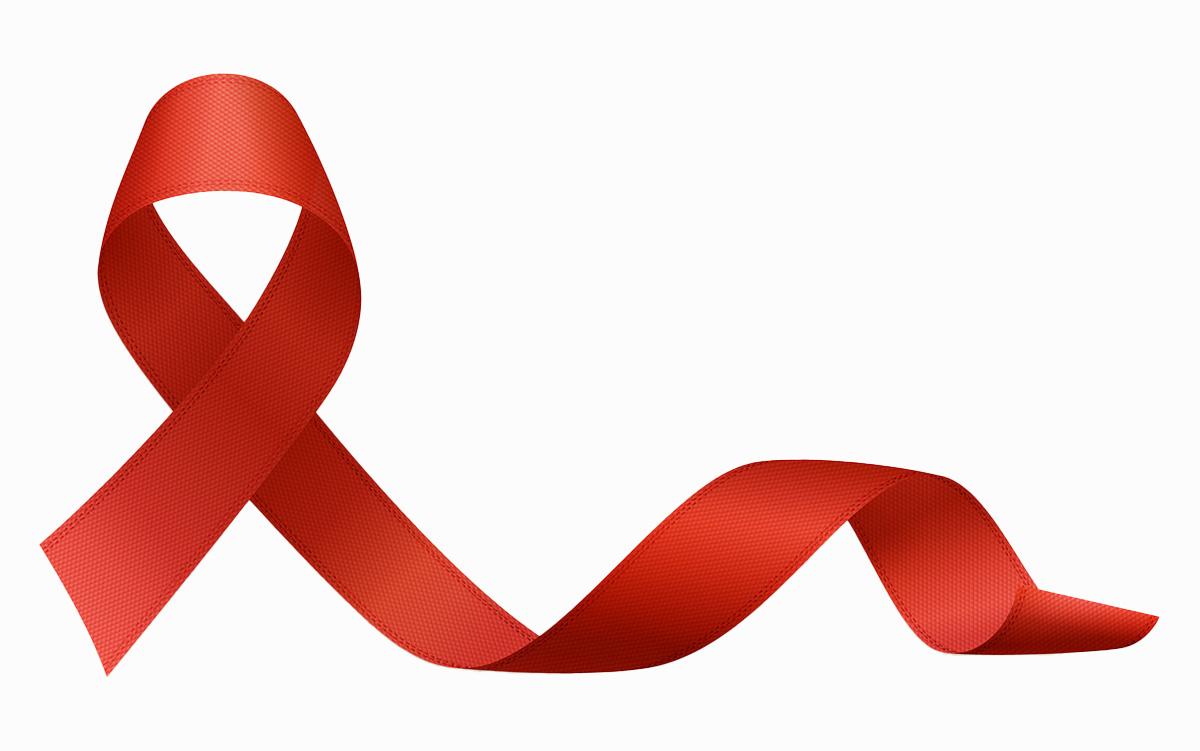
Today, on World AIDS Day, we honor the resilience, courage, and dignity of people living with HIV everywhere especially refugees, asylum seekers, and queer displaced communities across East Africa and the world.
For many, living with HIV is not just a health journey it is a journey of navigating stigma, borders, laws, discrimination, and survival.
Yet even in the face of displacement, uncertainty, and exclusion, queer people living with HIV continue to rise, thrive, advocate, and build community against all odds.
To every displaced person living with HIV:
• Your strength inspires us.
• Your story matters.
• You are worthy of safety, compassion, and the full right to health.
• You deserve a world where borders do not determine access to treatment, where identity does not determine dignity, and where your existence is celebrated not criminalized.
Let today be a reminder that:
• HIV is not a crime.
• Queer identity is not a crime.
• Seeking safety is not a crime.
• Stigma has no place in our communities.
• Access to treatment, care, and protection is a human right.
As we reflect, we must recommit ourselves to building systems that protect not punish displaced queer people living with HIV. We must amplify their voices, invest in inclusive healthcare, and fight the inequalities that fuel vulnerability.
Hope is stronger when we build it together.
Let’s continue to uplift, empower, and walk alongside those whose journeys are too often unheard.
Today we remember.
Today we stand together.
Today we renew hope.
Abraham Junior lives in the Gorom Refugee Settlement in South Sudan.
Commentary
Perfection is a lie and vulnerability is the new strength
Rebuilding life and business after profound struggles
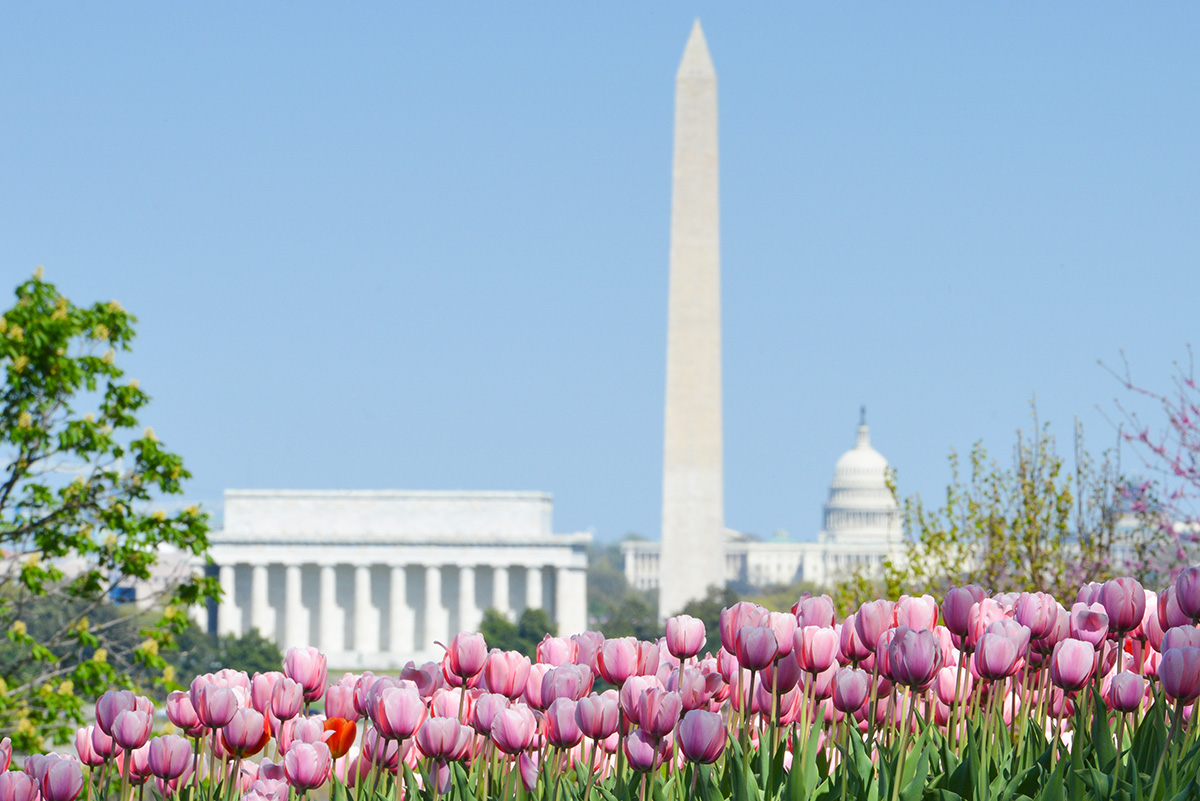
I grew up an overweight, gay Black boy in West Baltimore, so I know what it feels like not to fit into a world that was not really made for you. When I was 18, my mother passed from congestive heart failure, and fitness became a sanctuary for my mental health rather than just a place to build my body. That is the line I open most speeches with when people ask who I am and why I started SWEAT DC.
The truth is that little boy never really left me.
Even now, at 42 years old, standing 6 feet 3 inches and 225 pounds as a fitness business owner, I still carry the fears, judgments, and insecurities of that broken kid. Many of us do. We grow into new seasons of life, but the messages we absorbed when we were young linger and shape the stories we tell ourselves. My lack of confidence growing up pushed me to chase perfection as I aged. So, of course, I ended up in Washington, D.C., which I lovingly call the most perfection obsessed city in the world.
Chances are that if you are reading this, you feel some of that too.
D.C. is a place where your resume walks through the door before you do, where degrees, salaries, and the perfect body feel like unspoken expectations. In the age of social media, the pressure is even louder. We are all scrolling through each other’s highlight reels, comparing our behind the scenes to someone else’s curated moment. And I am not above it. I have posted the perfect photo with the inspirational “God did it again” caption when I am feeling great and then gone completely quiet when life feels heavy. I am guilty of loving being the strong friend while hating to admit that sometimes I am the friend who needs support.
We are all caught in a system that teaches us perfection or nothing at all. But what I know for sure now is this: Perfection is a lie and vulnerability is the new strength.
When I first stepped into leadership, trying to be the perfect CEO, I found Brené Brown’s book, “Daring Greatly” and immediately grabbed onto the idea that vulnerability is strength. I wanted to create a community at SWEAT where people felt safe enough to be real. Staff, members, partners, everyone. “Welcome Home” became our motto for a reason. Our mission is to create a world where everyone feels confident in their skin.
But in my effort to build that world for others, I forgot to build it for myself.
Since launching SWEAT as a pop up fundraiser in 2015, opening our first brick and mortar in 2017, surviving COVID, reemerging and scaling, and now preparing to open our fifth location in Shaw in February 2026, life has been full. Along the way, I went from having a tight trainer six pack to gaining nearly 50 pounds as a stressed out entrepreneur. I lost my father. I underwent hip replacement surgery. I left a relationship that looked fine on paper but was not right. I took on extra jobs to keep the business alive. I battled alcoholism. I faced depression and loneliness. There are more stories than I can fit in one piece.
But the hardest battle was the one in my head. I judged myself for not having the body I once had. I asked myself how I could lead a fitness company if I was not in perfect shape. I asked myself how I could be a gay man in this city and not look the way I used to.
Then came the healing.
A fraternity brother said to me on the phone, “G, you have to forgive yourself.” It stopped me in my tracks. I had never considered forgiving myself. I only knew how to push harder, chase more, and hide the cracks. When we hung up, I cried. That moment opened something in me. I realized I had not neglected my body. I had held my life and my business together the best way I knew how through unimaginable seasons.
I stopped shaming myself for not looking like my past. I started honoring the new ways I had proven I was strong.
So here is what I want to offer anyone who is in that dark space now. Give yourself the same grace you give everyone else. Love yourself through every phase, not just the shiny ones. Recognize growth even when growth simply means you are still here.
When I created SWEAT, I hoped to build a home where people felt worthy just as they are, mostly because I needed that home too. My mission now is to carry that message beyond our walls and into the city I love. To build a STRONGER DC.
Because strength is not perfection. Strength is learning to love an imperfect you.
With love and gratitude, Coach G.
Gerard Burley, also known as Coach G, is a D.C.-based fitness entrepreneur.

I hope you have a great Thanksgiving and can enjoy it with family and friends and that you have things you can be thankful for this past year. That you have your health. Now here is the column I would have liked to share with you this Thanksgiving:
To all my friends and family. This year I am thankful the felon has left the White House. It feels we can all finally breath again. I am so happy his idea of a ballroom at the White House was a joke, and we can once again walk in Jackie Kennedy’s rose garden, and visit the beautiful East Wing. I am thankful the felon’s personal Goebbels, Stephen Miller, lost his job when the reality that he was a fascist was too much to take. It was wonderful to see the Supreme Court wake up and do their job once again. They stopped drinking the MAGA Kool-Aid and voided all the executive orders calling on museums to hide the history of Black Americans, women, and the LGBTQ community. They told the president he didn’t have the right to place tariffs, and that he couldn’t fire legally appointed members of commissions under the rubric of Congress’s control.
Then I am thankful the Congress began to do its job. That so many Republicans grew a set of balls and decided to challenge Speaker Mike ‘sycophant’ Johnson, reminding him they were an independent part of government, and didn’t need to rubber stamp everything the felon wanted. I was thankful to see them extend the SNAP program indefinitely, and the same with the tax credits for the ACA, agreeing to include these important programs in next year’s budget. Then they went further, and paid for the programs, by rescinding all the tax benefits they had given to the wealthy, and corporations, in the felon’s big ugly bill. Finally realizing it is the poor and middle class who they had to help if the country was to move forward. Then I can’t thank them enough for finally passing the Equality Act, and doing it with a veto proof majority, so the felon had to sign it, before he left office. They did the same for the Choice Act, and the Voting Rights Act. It was a glorious year with so much to be thankful for.
Then I am so thankful Congress finally stood up to the felon and said he couldn’t start wars without their approval, and the Supreme Court ruled they were right. That attacking Venezuela was not something he had the right to do. Then the final thing the court did this year I am thankful for, is they actually modified their ruling on presidential immunity, and said the felon’s grifting was not covered, as under their decision that was private, and not done in his role as president. Again, can’t thank them enough for waking up and doing that.
Then there is even more I am thankful for this year. It was so nice to see Tesla collapse, and Musk lose his trillion-dollar salary. The people finally woke up to him and insisted Congress mandate the satellite system he built, basically with money from the government, was actually owned by the government, and he could no longer control who can use it. It was determined he alone would not be able to tell Ukraine whether or not they can use it in their war defending against the Russian invasion. Then I am so thankful Congress went even further, and approved the funds needed by the Ukrainians for long-range missiles, and a missile defense system, accepting Ukraine was actually fighting a proxy war for the West, and Ukraine winning that war would help keep our own men and women off the battlefield.
And speaking of our military, I thank Congress for lifting the ban on transgender persons in the military, and honoring their service, along with the service of women, Black service members, all members of the LGBTQ community, and all minorities. It was fun to see Pete Hegseth being led out of the Pentagon, and being reminded he wasn’t the Secretary of War. There is no Department of War, it is still the Department of Defense, with congressional oversight. Again, so many things to be thankful for this past year. It seemed like my heart runneth over.
Then my alarm went off and I woke up from my big beautiful dream, only to realize I was still living in the Trumpian nightmare.
Peter Rosenstein is a longtime LGBTQ rights and Democratic Party activist.

